Since I was a child, I have been looking at Göttweig Abbey towering high above the city of Krems and the Danube valley. Despite numerous visits (Christmas markets, panorama terrace, school visits, walks …) it always remained somehow distant “up there on the mountain”. It’s an impression that was also confirmed by Prior Father Maximilian during a guided tour: “We always have to overcome the feeling of being ‘them up there’. As monks, we try to convey closeness, contact and cordiality to our visitors every time we meet.” Having spent two days and two nights at Göttweig Abbey, I can say they are really good at it. So what’s it like to sleep “behind monastery walls”?
Spending the night in a monastery: The guest house and rooms are modern and comfortable indeed.
My travel companions Christina, Sabine & Tom, Monika & Petar and I were guests at Göttweig Abbey for a total of two nights. We spent them in simple but beautiful rooms; the guesthouse lounge welcomed us to refreshing drinks and in-house monastery wine. From here, the view of the surrounding landscape, the World Heritage Site Wachau, is truly magnificent. So is the feeling of walking all alone across the spacious inner courtyard of the monastery grounds early in the morning or late in the evening – when there are still or no other visitors. Check this out.
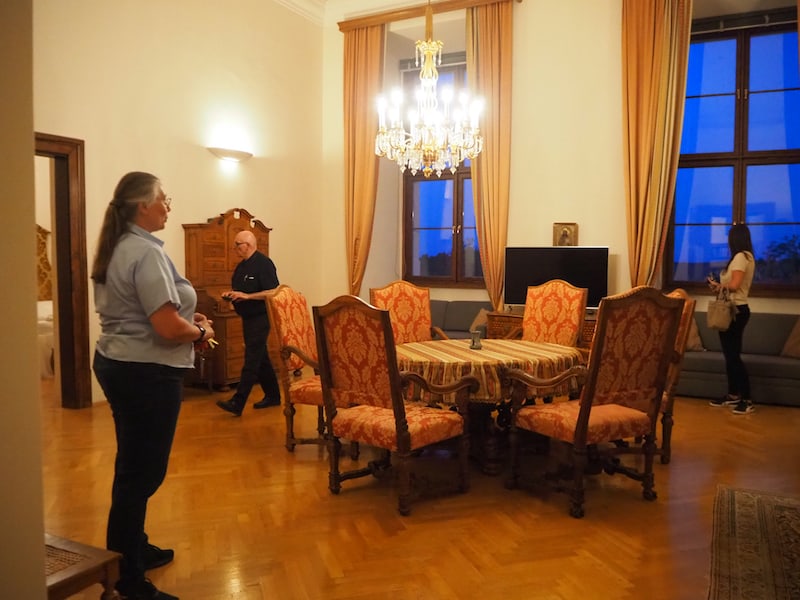
Exciting: During our visit we are allowed to visit the south-facing Benedict apartment, which can be booked for € 175,- per night. The long-serving abbot Clemens once resided here. For any special occasion!
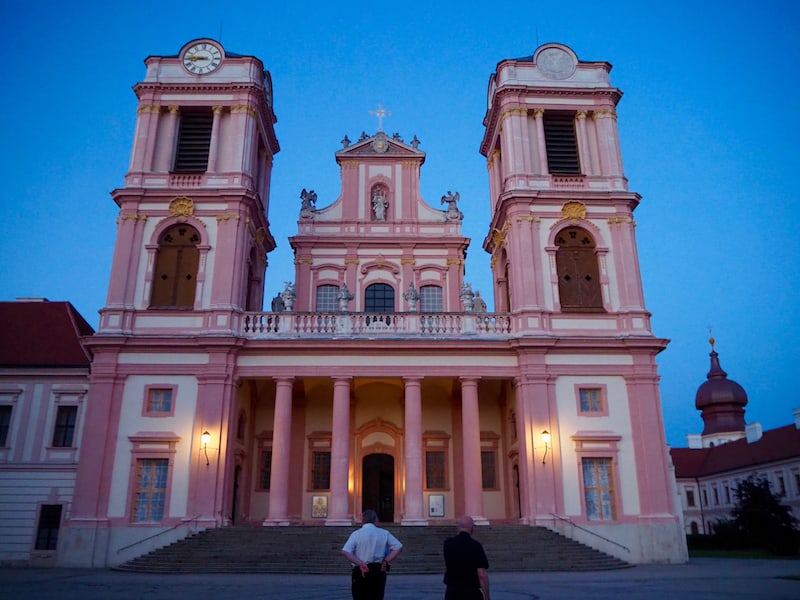
A rare sight: The abbey church at dusk, with literally no other visitors around except us and our small group.
Possibilities to visit Göttweig Abbey: Guided tour of the exhibition, Emperor’s Staircase and Abbey Church with a look behind the scenes.
Göttweig Abbey is always worth a visit, even for day visitors. The enormous baroque Emperor’s Staircase, which is the prelude to a visit to the museum in the Emperor’s Wing, is a feast for the eyes. What was special for me was to be allowed to go one level higher this time and also to get to know the roof construction. It bears the famous ceiling fresco by Paul Troger, which makes this part of the monastery one of the most beautiful and largest staircases in Europe.
In addition, both Eveline Gruber, who is responsible for culture and tourism matters at Göttweig Abbey, and Prior Father Maximilian took extra time for us. They both provided us with many interesting explanations about the workings of such a large and important visitor attraction. Philosophizing with the long-time Benedictine monk, whom I already know from a visit to Saint Paul’s Abbey in the Lavant Valley in Carinthia, on the north-facing balcony with a view over the Danube valley made me feel like we were on a “state reception”. Go take a look at this.
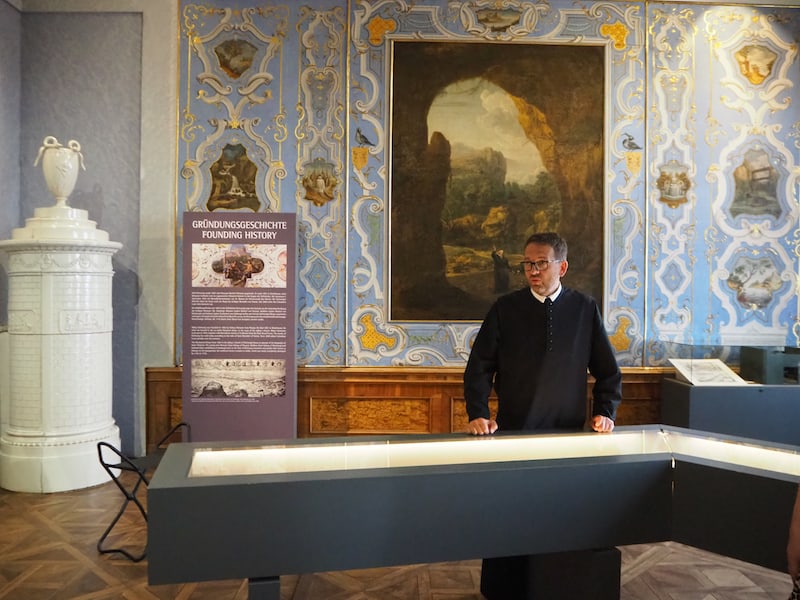
Prior Father Maximilian leads us through the exhibition rooms of Göttweig Abbey, which looks back on a history of about one thousand years and was expanded in its current monumental Baroque style in the 17th century.
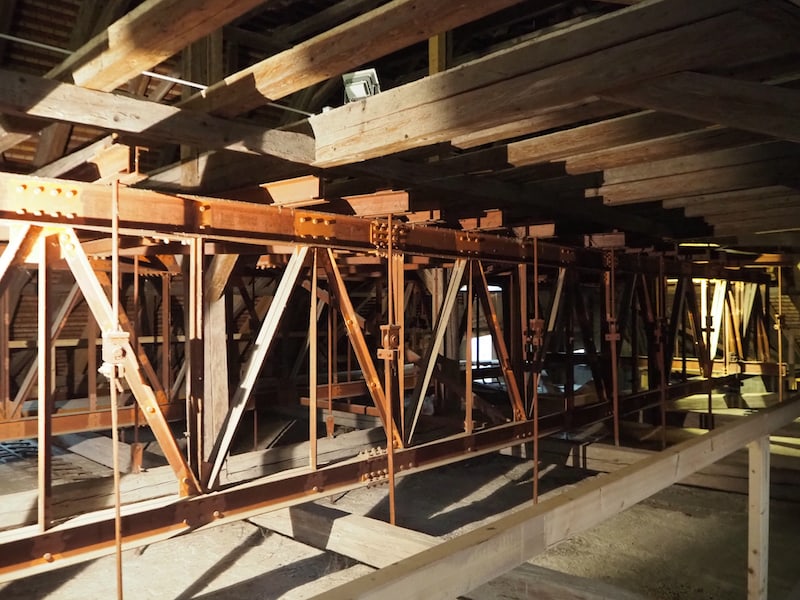
High above the ceiling fresco is this masterful roof structure that cleverly deflects the weight of the roof truss upward and to the side.
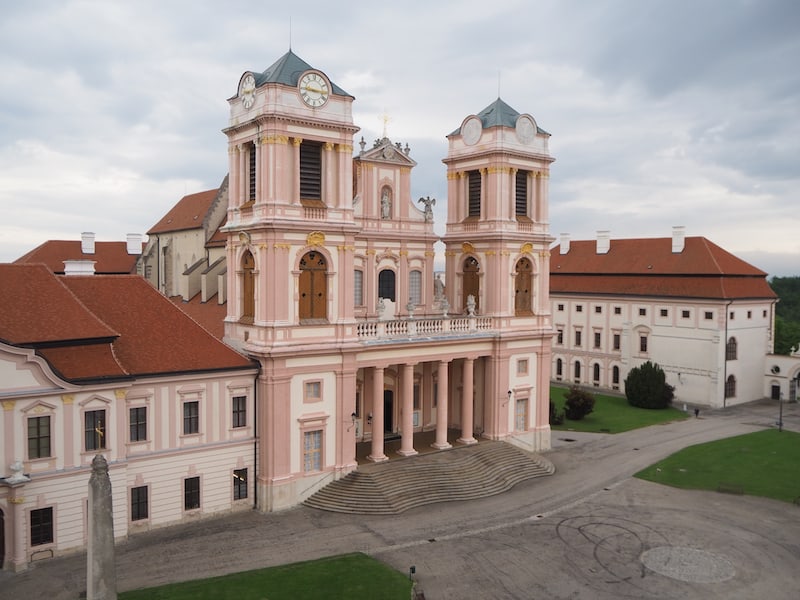
View from the roof truss above the Emperor’s Staircase: The changed perspective on the collegiate church is well worth the many steps!
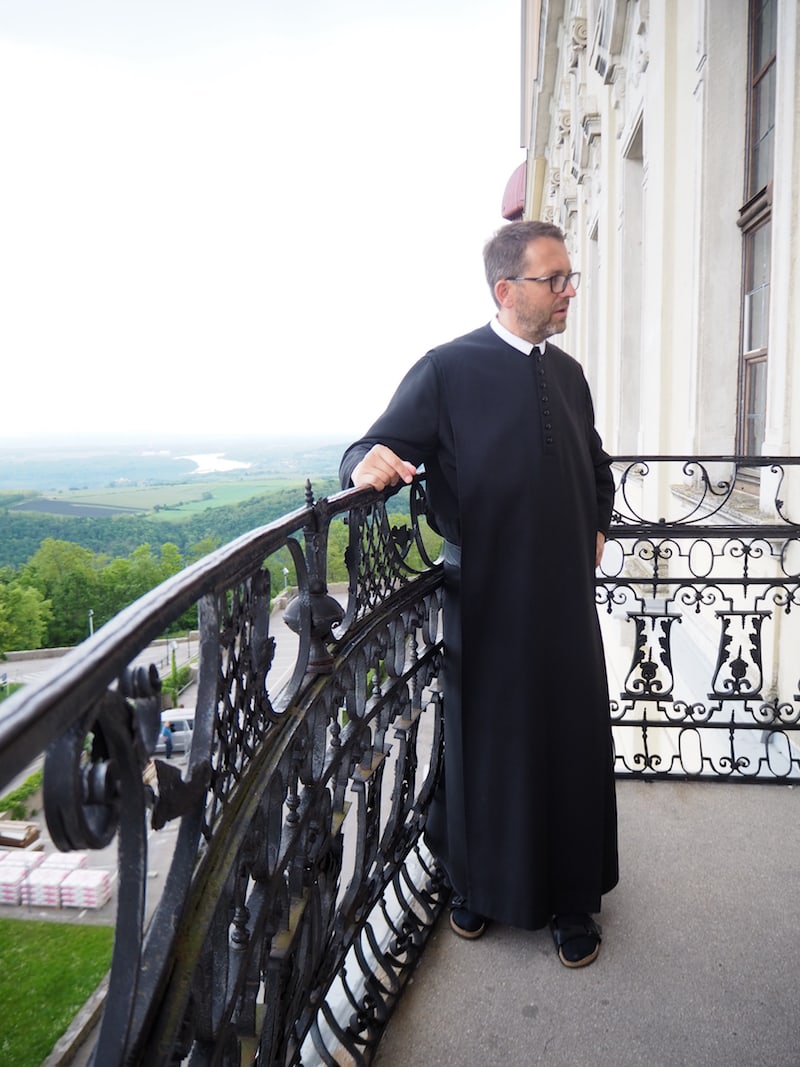
During the further tour around the abbey grounds, Prior Father Maximilian leads interesting discussions about the history of the monastery, his personal career and that of the community. By the way, only special guests have access to this balcony – in this case, us! 😀
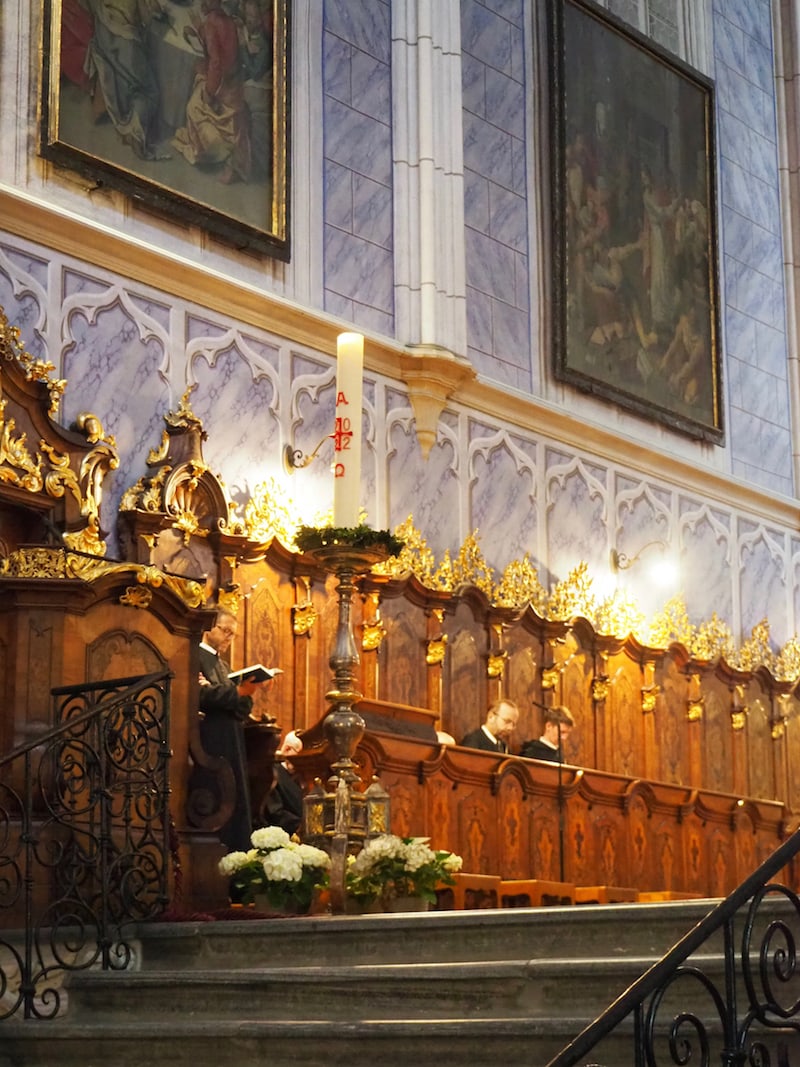
For Vespers, during which the monks pray together for half an hour, we join him at the collegiate church.
Tip: If you visit during the summer season, go check out the abbey’s garden grounds.
If, like us, you visit Göttweig Abbey during the warm season, be sure to take time for a short (or long!) detour to the Abbey’s apricot show garden. It is open daily and offers interesting facts about the original Wachau apricot. Of course, we were also allowed to taste the products of the garden: Apricot nectar, liqueur or schnapps. Mmmh – delightful!
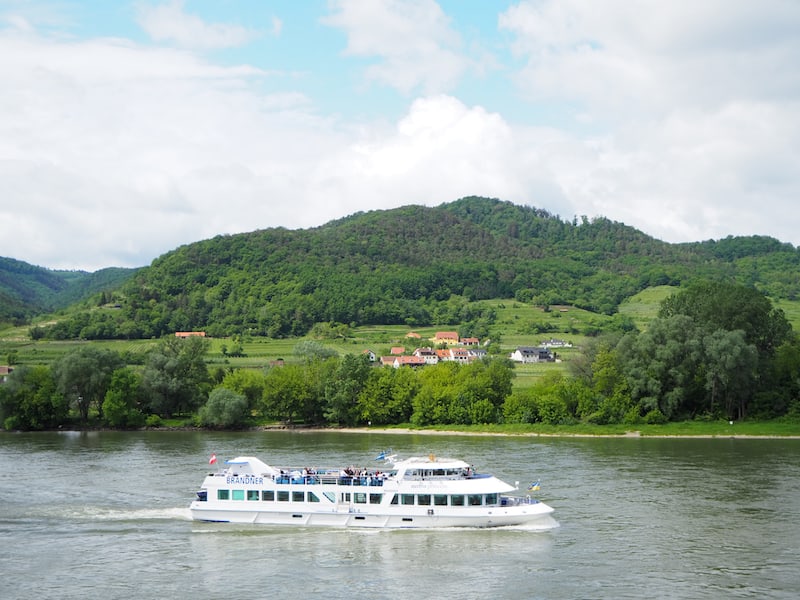
Last but not least, Göttweig Abbey, like the Wachau River Landscape, is a UNESCO World Heritage Site and serves as an ideal starting point to exploring it. I will tell you more about the famous Wachau abbeys Stift Melk and Stift Dürnstein in my next blog post!
Disclaimer: We have been invited by the Austrian Association of Monasteries, Abbeys & Convents “Klösterreich” on this trip to Göttweig Abbey. All opinions are my own.
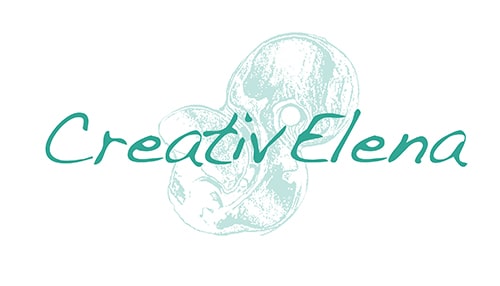

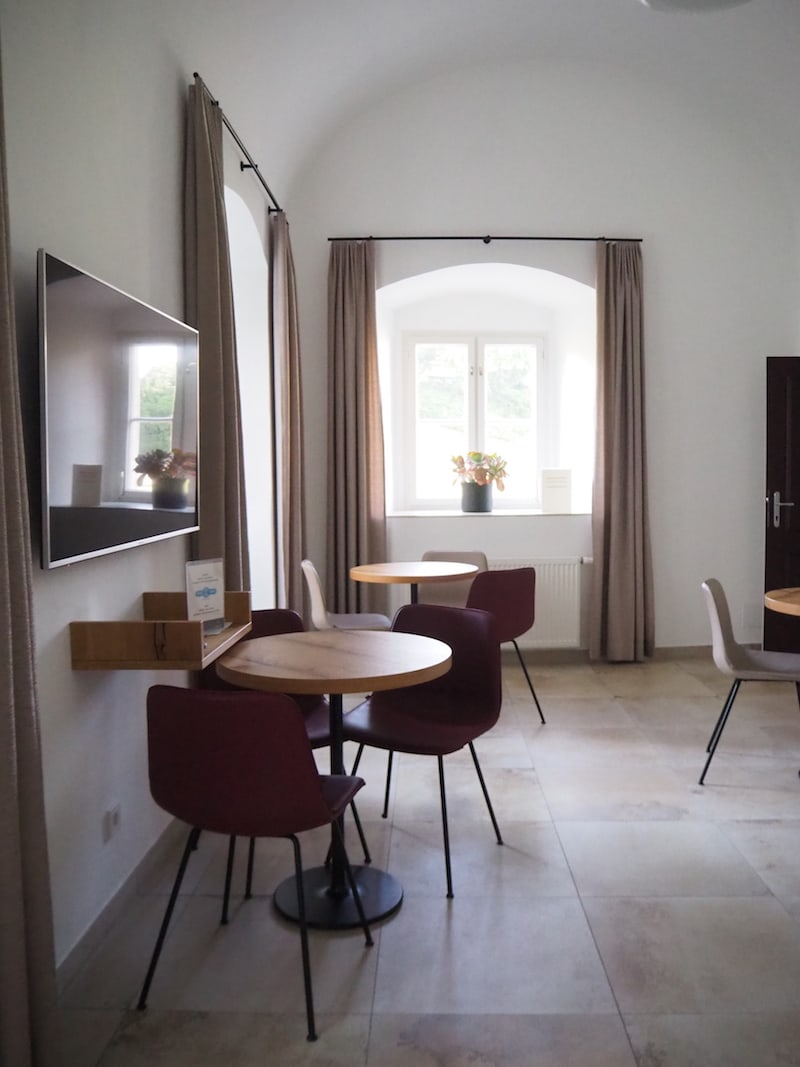
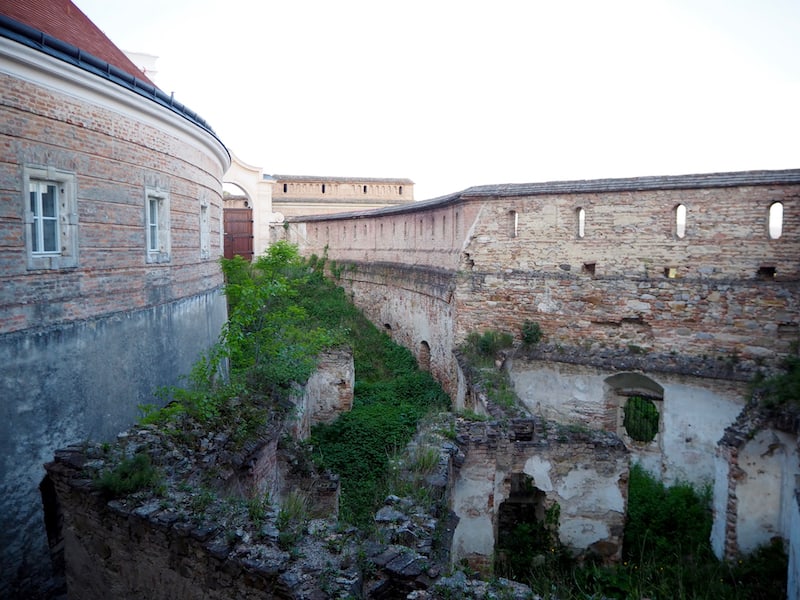
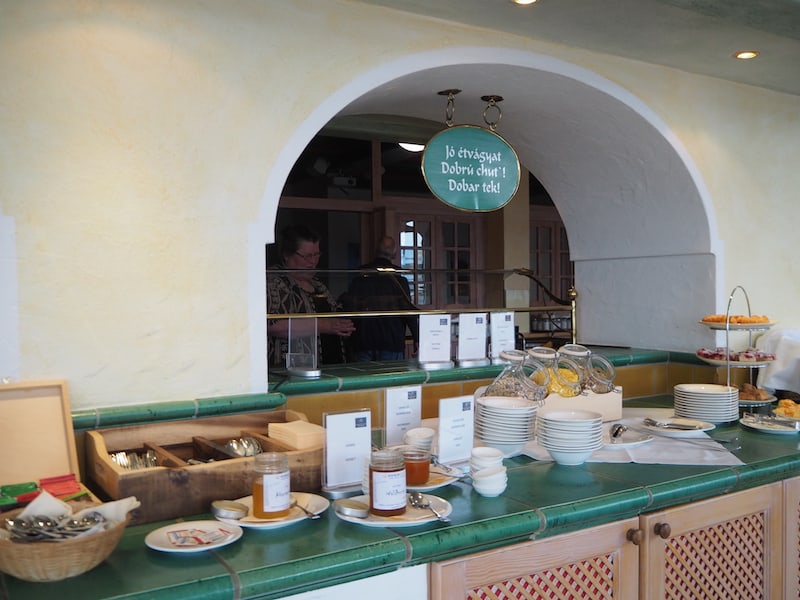
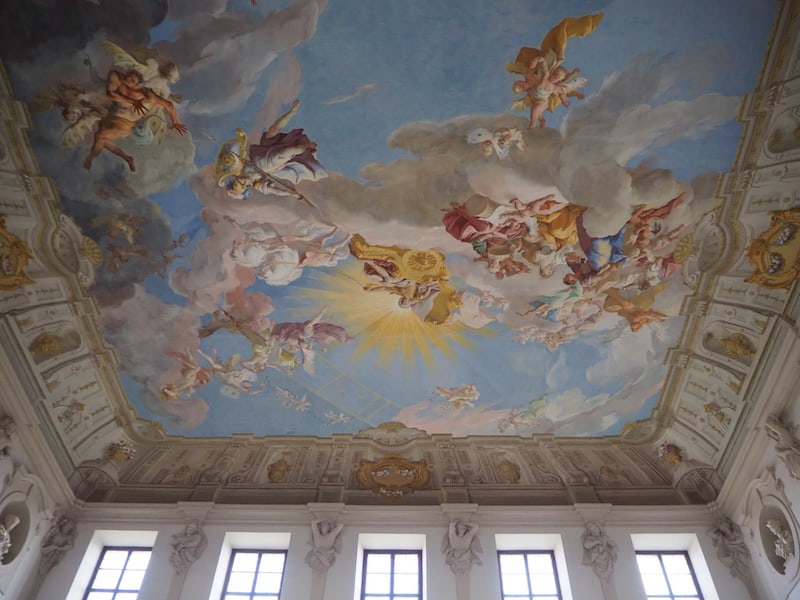
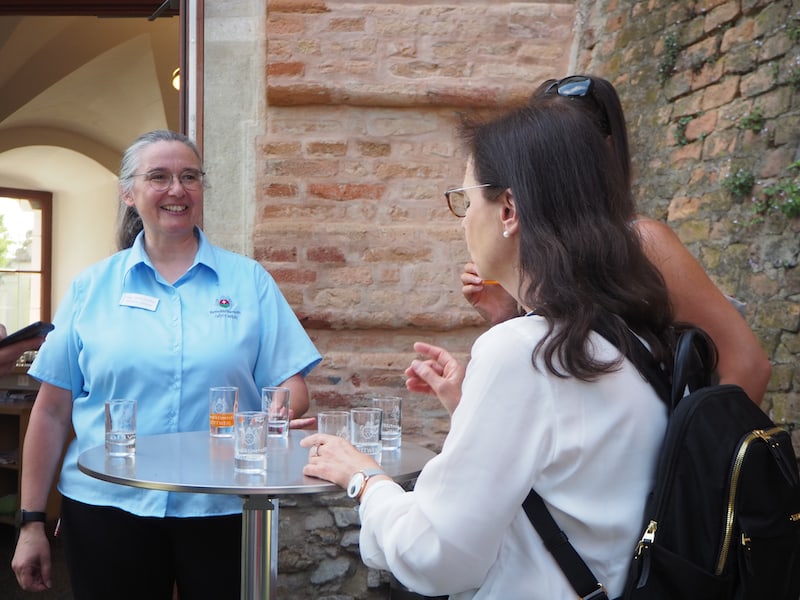
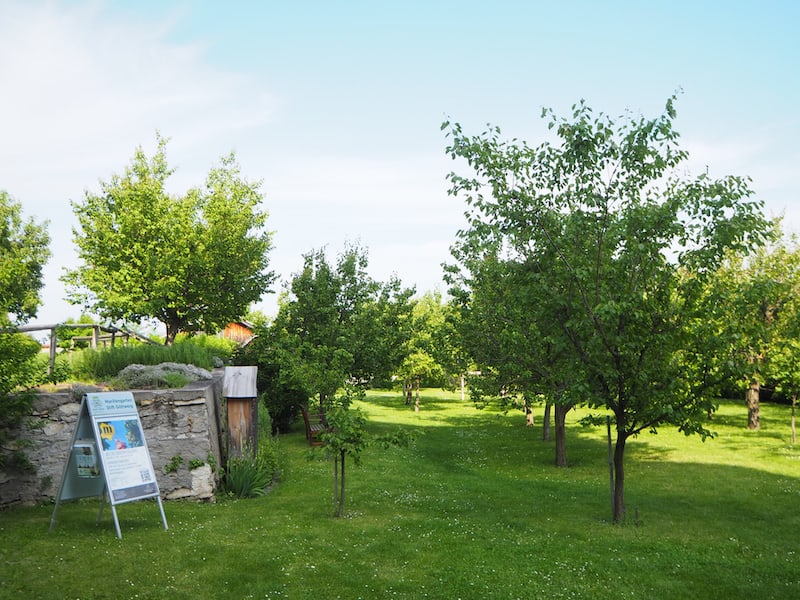
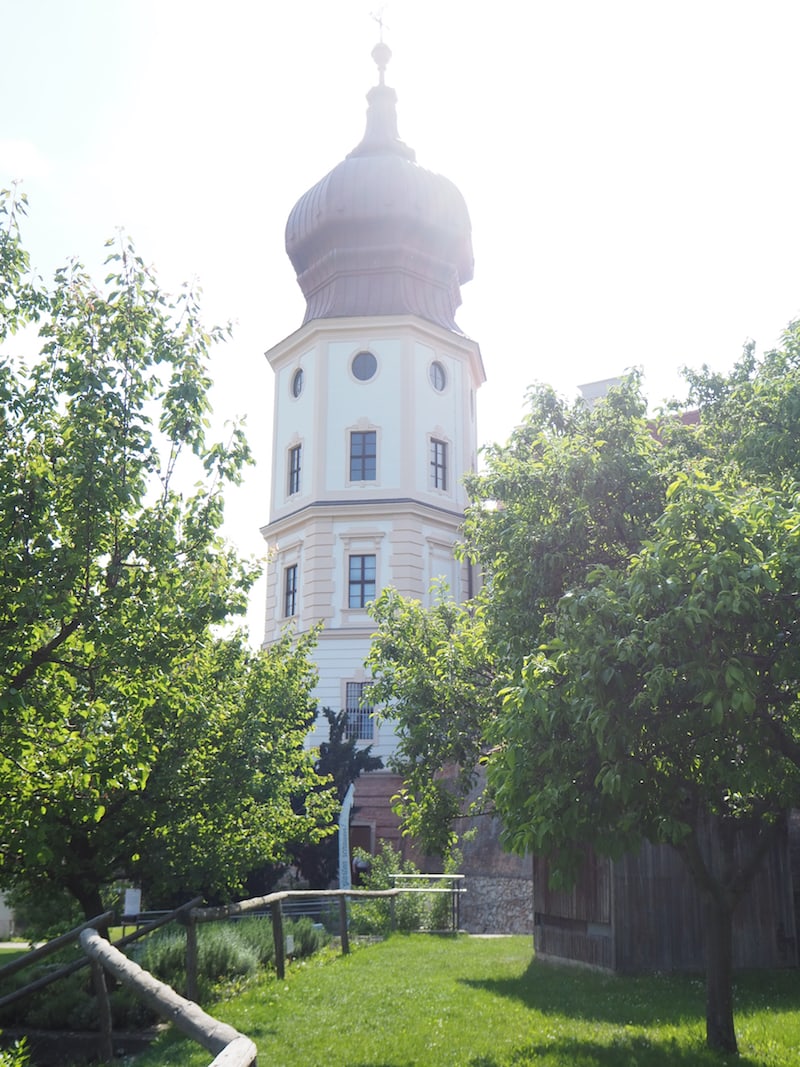
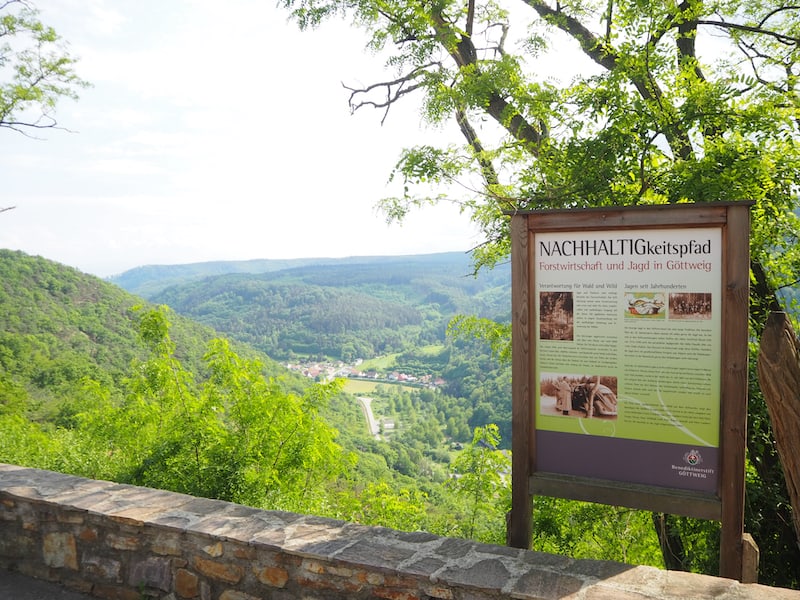

2 comments
Elena, mais uma vez: que delícia de fotos e de texto!
Sempre “viajo” para lugares incríveis a partir dos seus posts <3
Um beijo grande, com um abraço carinhoso, desde o Brasil! (Em breve: estarei aí!!!)
Bea
Querida Bea,
Muito obrigada pelas suas palavras; fico feliz você ter gostado do texto e das fotos! Um forte abraço para você no Brasil, que delicia ( e saudades ..! )
Até mais,
Elena